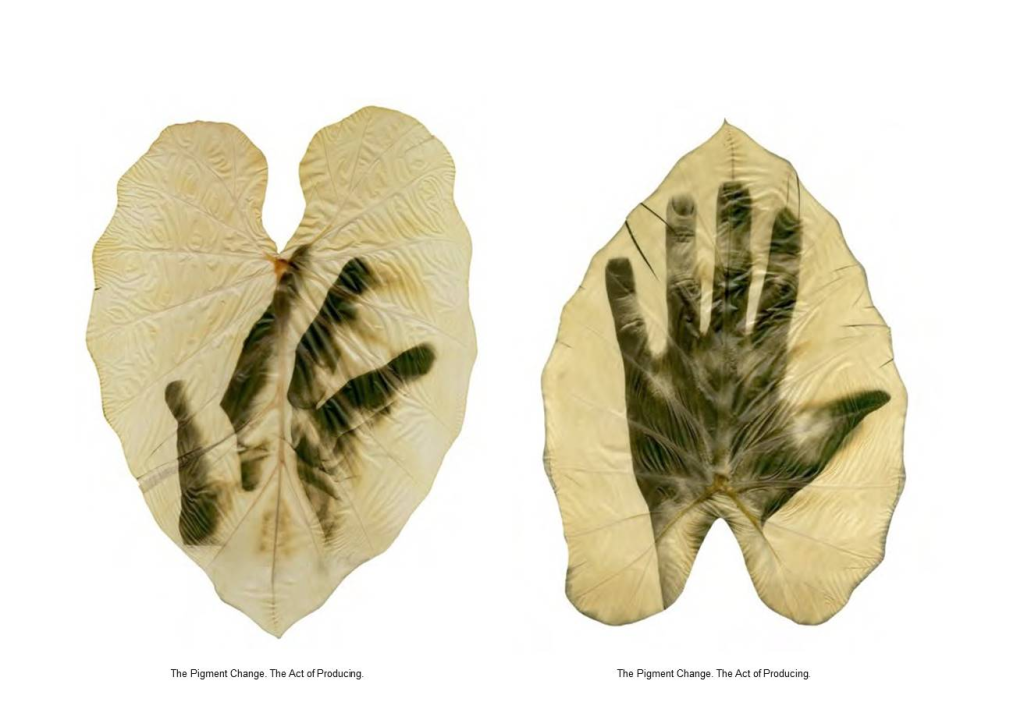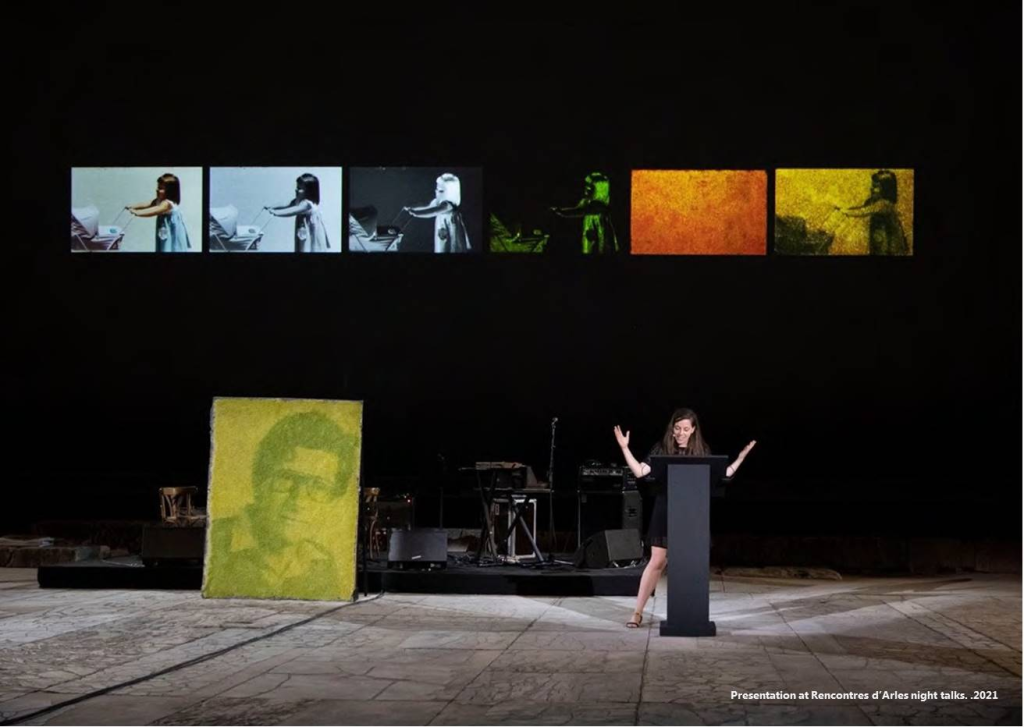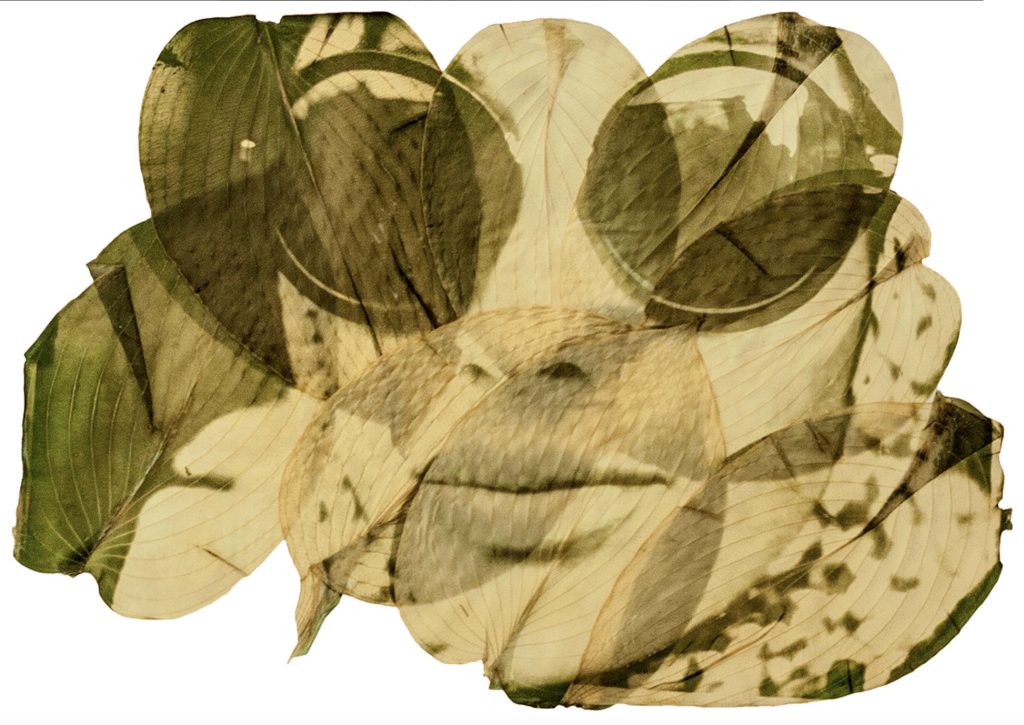Alumenda Romero’s artistic practice consists of plant-based photographic processes where she uses plant matter to make photographic artworks. before this, she was using 19th-century photographic techniques like wet plate collodion.

collodion involves a lot of chemical processes including silver nitrate and then cadmium among others. Becoming more aware of the impact of her practice on her own health as well as on environmental protection. Alumenda started researching different photographic techniques. Looking at John Herschel’s work mostly known for discovering the cyanotype process. He had done work to use plants to try to create colour photography.
Using this knowledge Alumenda has gone on to use photosynthesis to create photographic prints through the pigment of plants. This natural process with no chemical use will only last for about four days, as it counterbalances its natural green colour due to the lack of chlorophyll.


the way this process works is the part of the plant that receives less light cannot do photosynthesis, unlike the parts that do create this green tonal range. Using a negative image to do so. Much like how an enlarger creates a print on photographic paper in a darkroom. Instead of using an enlarger using a digital projector. Alumenda approaches a more abstract understanding of photography, viewing it as the output of light and an impression from light. Seeing cameras as accessories to photography but not fundamentally what photography is.

Alumenda views her work as an ‘ephemeral experience’ but describes the way we all consume art as a temporary experience and mostly experiencing through documentation. Unless having the privilege to collect art and be able to customise their experience with art. In her practice, the dynamic of production and consumption is something Alumenda wants to lean away from with the mindset of new ways of thinking towards sustainable art practices.

What I personally appreciate about this practice is the techniques. It peaked my interest in understanding more 19th-century photographic techniques. Coming from a photographic background is a very simple premise to comprehend how to use leaf pigment to create prints but the genius within the work is the artistic approach taken, instead of being so contained within the traditional format of photography. I think this is something for me to consider in my own photographic practice and Alumenda’s work is something that really inspires me to not just look down the proverbial traditional lens when it comes to creating imprints from light.